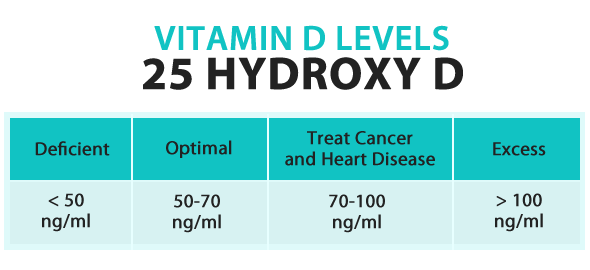Researchers
are making progress in determining the areas of the brain that pain is
modulated. They are figuring out the neural mechanisms underlying modulation of
cognitive acute pain and have demonstrated the involvement of the dorsal
anterior cingulate cortex (dACC), which could have important implications for
future research targets. The studies have been looking for the area
specifically involved in cognitive modulation of pain.
In
studies being conducted, the involvement of the ACC in cognitive modulation of
pain is not surprising, because it is a region that shows up often in relation
to pain, cognitive control, and self-regulation. The new aspect of this
research was that a different area of the ACC was associated with pain
perception during pain modulation.
One
study conducted included 15 healthy men and women, who were able to modulate
acute heat pain by at least 30%. The process included delivering moderate heat
pain stimulus to the participant’s left inside forearm. They were then asked to
use whatever cognitive strategies they wanted to increase and decrease pain,
such as visualization strategies. During this process, the participants
underwent fMRI that consisted of an initial 30-second stimulation block
followed by 5 30-second increase and decreased modulation blocks. Each modulation
block was followed by 10-second rating period and a 40-second rest period.
The
conclusion showed that pain modulation was associated with activation in areas
related to body awareness and cognitive regulation and deactivation in areas
related to sensation and emotion. Activation differences were found in areas
related to pain processing, self-regulation, and cognitive function. Midline frontal
areas and rostral anterior cingulate showed greater deactivation during
increase of pain; dorsal ACC and presupplementary motor areas showed greater
activation during decrease pain; and signal increases in prefrontal cortex, dACC, and thalamus predicted decreased pain
ratings. Results showed that successful cognitive modulation of pain involves
brain areas associated with pain processing and cognitive control. It was also
shown that the dACC may be a key component in modifying pain perception. It was
correlated with pain ratings and showed a difference in activation between
conditions.
Researchers
now want to study the dACC in neuromodulation by using real-time fMRI to train
participants to modify pain experience by directly controlling neural processes
related to pain. This information could be used
to develop new medications that act on specific parts of the brain that
modulate pain and ideally be able to control pain more effectively.
Source: American Academy of Pain Medicine (AAPM) 29th Annual Meeting. Poster 227.
Presented April 12, 2013.





